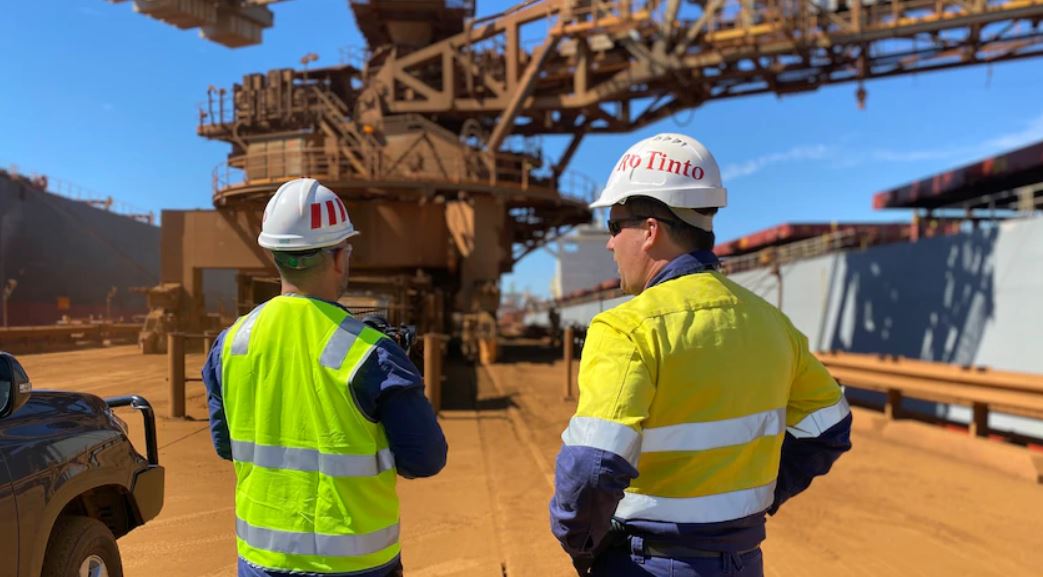Australia news – Mesrena Elyoum

For those old enough to remember it, or who study economic history, the phrase “banana republic” is synonymous with 1980s Australia and then treasurer Paul Keating.
His “banana republic” comments were triggered by the nation’s current account balance.
This ABS figure essentially measures how much money is flowing out of Australia (in the form of imports, interest payments and dividends to foreign shareholders) versus how much is coming in.
Back in the 1980s, the prices of Australia’s biggest commodity exports languished while the cost and quantity of imports rose.
Combined with the nation’s habitual importation of foreign investment to fund major business projects (or, more lately, even just to buy houses off each other at inflated prices) the current account was blowing out into persistently widening deficits.
Not that a current account deficit was anything new to Australia.
Since the ABS started publishing the figures in September 1959, Australia has run 221 quarterly deficits to just 26 surpluses.
Eight of those have come over the past two years, now marking the longest consecutive run of current account surpluses on record.
Bank of America’s head of Australian economics, Tony Morriss, said that far from being merely a positive statistic, this had real benefits for Australia’s economy now and into the future.
“We have moved into a structural current account surplus in the last couple of years and, in the last national accounts data, that current account surplus reached 3.1 per cent of GDP,” he told ABC News.
“We’re actually in a position now where we can recycle some of those earnings domestically or, you can see with the growth in superannuation funds as well, some of those investments are recycled overseas.
Iron-clad surplus
Midnight Oil once sang “nothing’s as precious as a hole in the ground”.
It was an ironic critique of the asbestos mining industry’s contempt for worker safety.
Right now the phrase is literally true for Australia, and particularly for iron ore.
“When you look at earnings from iron ore over the financial year 2020 to ’21, back in December ’19 the Department of Industry expected iron ore exports to the value of $66 billion, in this most recent update they now expect $149 billion,” observed Mr Morriss.
“It’s really quite an astounding change.”
Data released this morning by the ABS showed Australia posted a $9.7 billion trade surplus in May, just off the record high of $9.87 billion set in January.
Rural commodities, especially cereals and grains, along with iron ore led a 6.1 per cent monthly jump in exports.
“Looking forward, we expect large trade surpluses to continue given commodity prices, particularly iron ore, are forecast to remain elevated,” noted CBA economists Kirstina Clifton and Belinda Allen.
“That said, we expect the iron ore price will begin to retrace some of the gains later this year as stimulus from the Chinese government is wound back, which reduces the demand for iron ore.”
The Department of Industry’s latest resources outlook, published earlier this week, has iron ore prices averaging $US137 a tonne for 2020-21, with forecast falls to $US129 this financial year and $US100 in 2022-23.
Tony Morriss said the consensus was that 2020-21 was as good as iron ore prices would get, but the decline may not be as severe as some feared.
“Whilst China has driven most of that growth in demand, you would be looking at now these huge infrastructure programs in the United States under the Biden administration, which is going to be much more focused on infrastructure.”
Other commodities are booming, too
Iron ore will make up close to half of Australia’s resources and energy exports for financial year 2020-21, but even as its price is tipped to drop back away from recent record highs other commodities are also booming.
The Department of Industry] expects total resource exports of $310 billion for this year, and then next year rising 8 per cent to $334 [billion],” Mr Morriss said.
“This is an amazing performance.”
Mr Morriss said even the decline of coal did not appear to be a major threat to Australia’s overall commodity earnings.
“When you look at the global move towards more sustainable energy and batteries, etc, Australia is incredibly lucky that we have base metals such as copper used in that process,” he argued.
“It’ll start to get close to the amount of money, based on the Department of Industry numbers, that we earn from coal exports.”
Mr Morriss said the benefits did not just accrue to the mining companies, many of which were predominantly foreign-owned, but to the economy more broadly.

